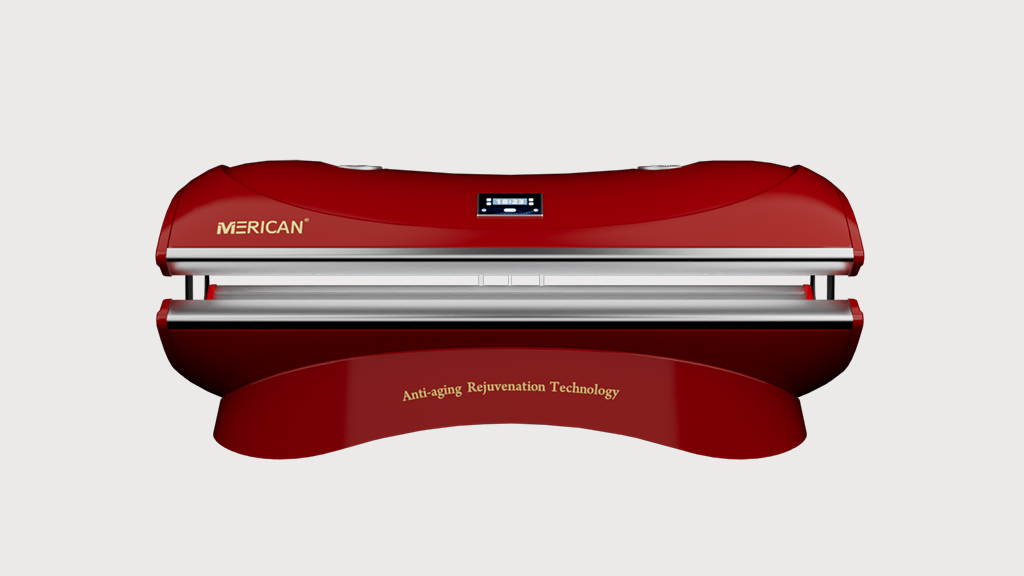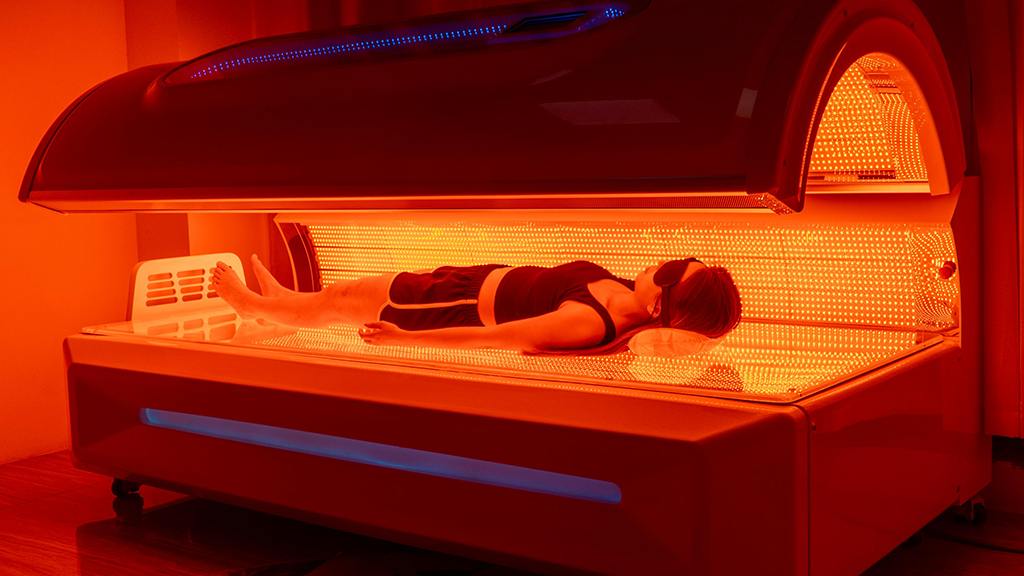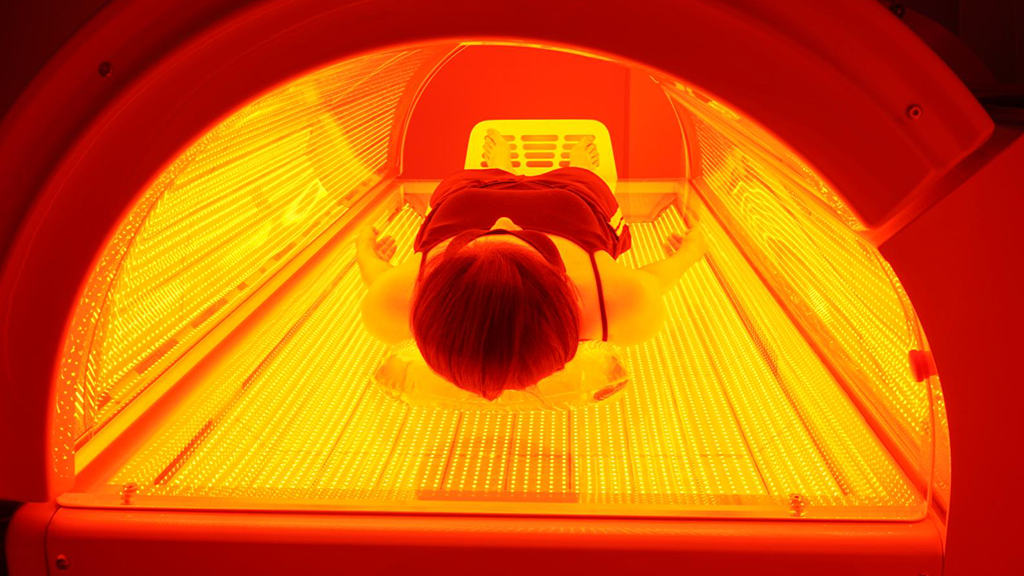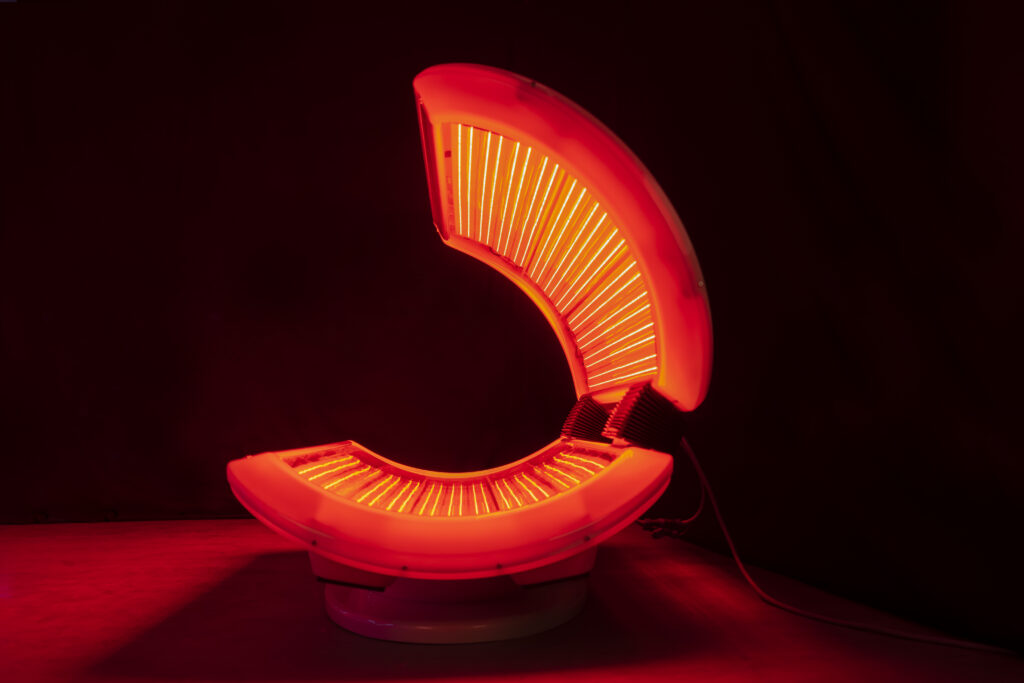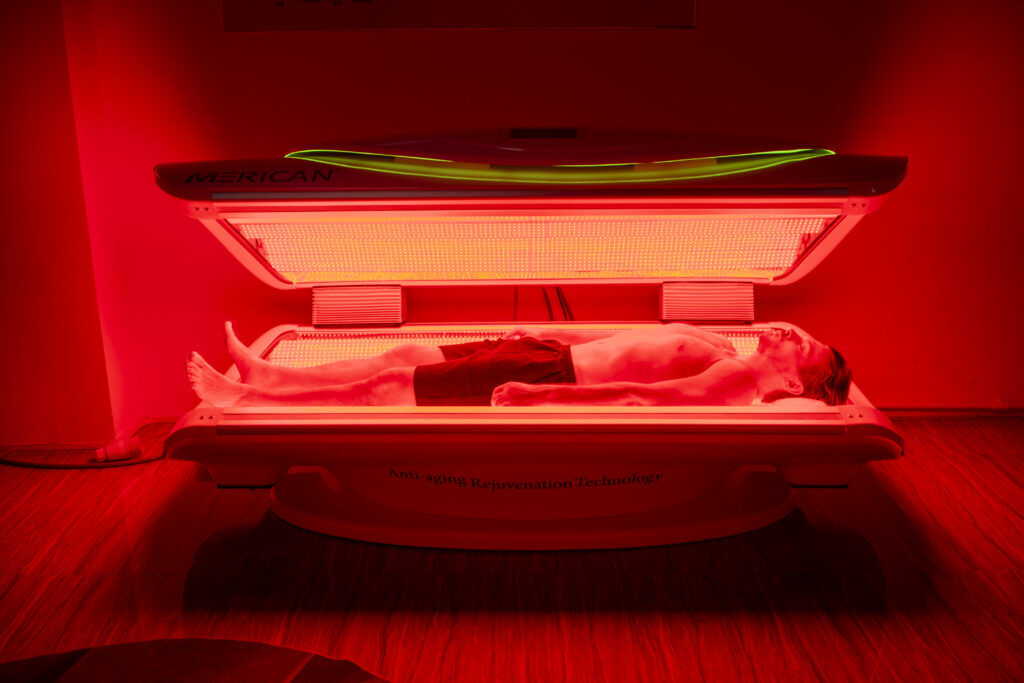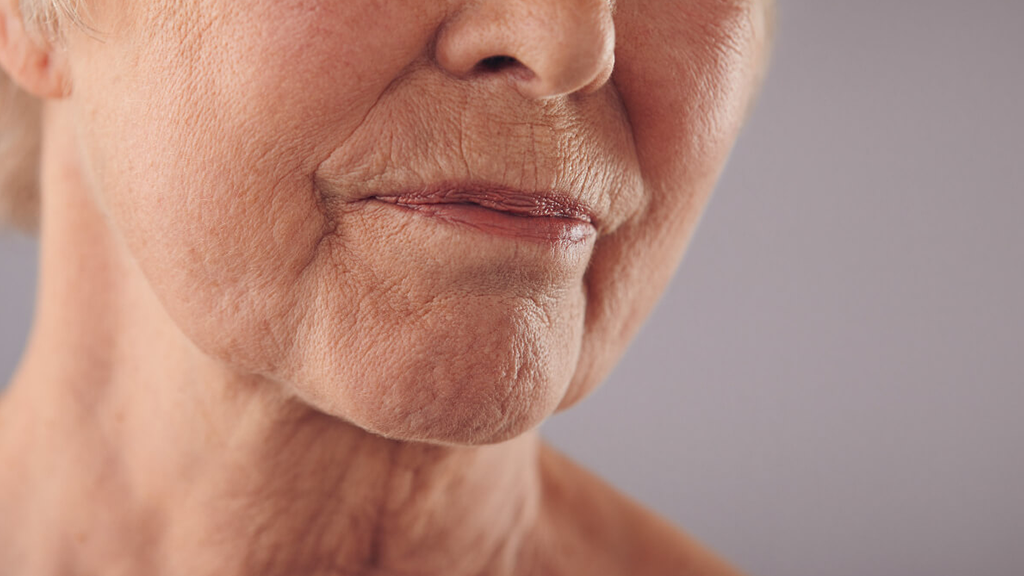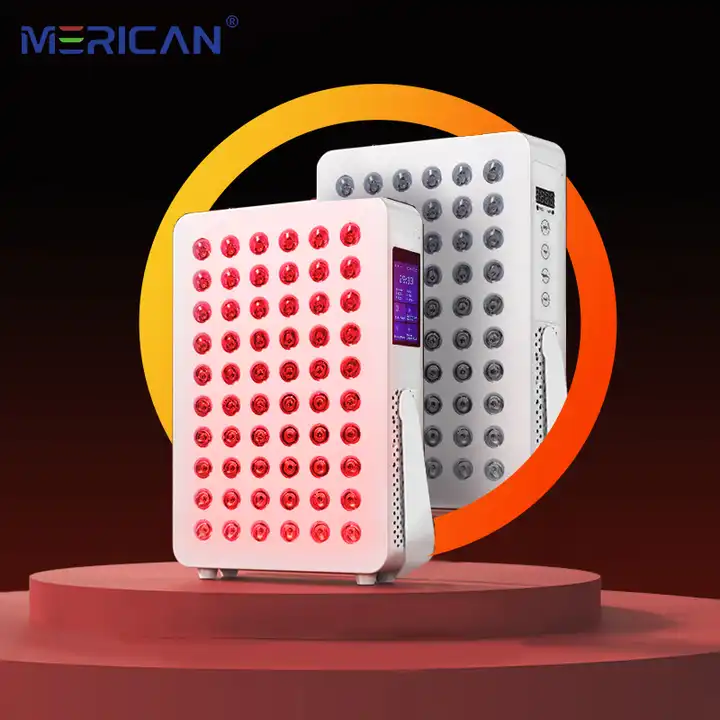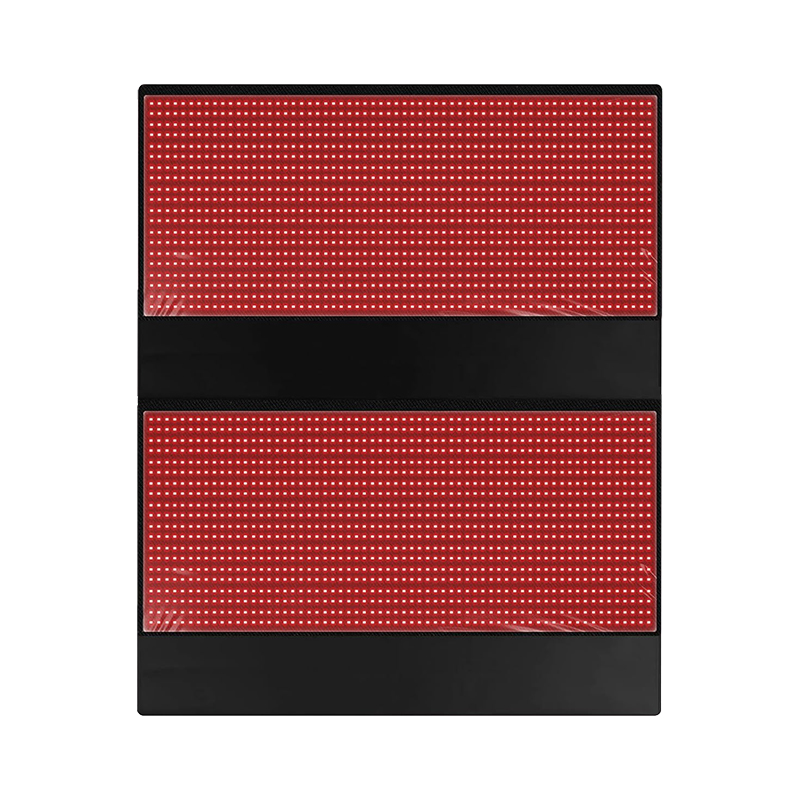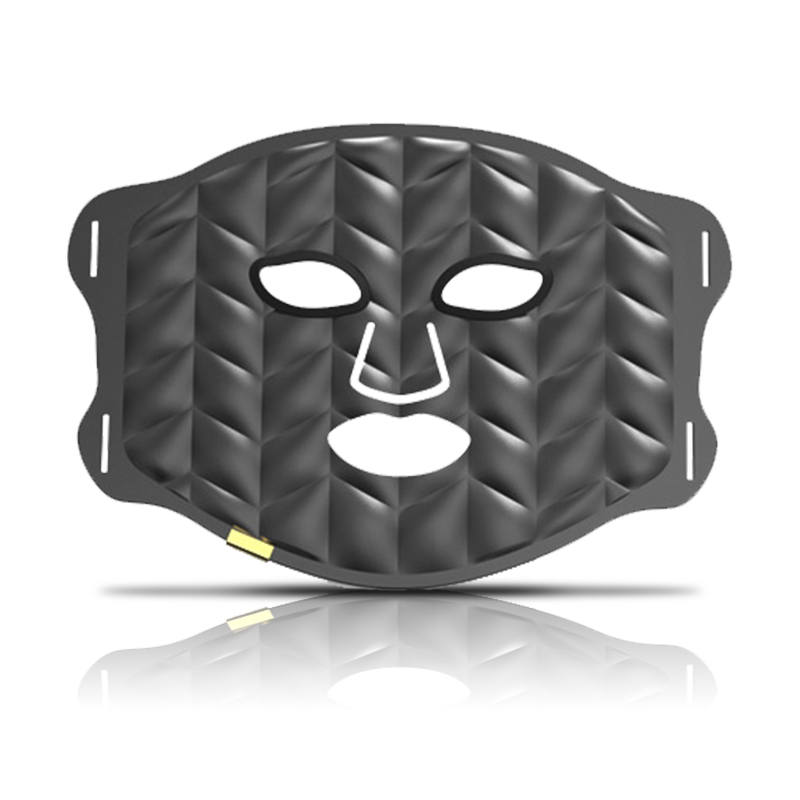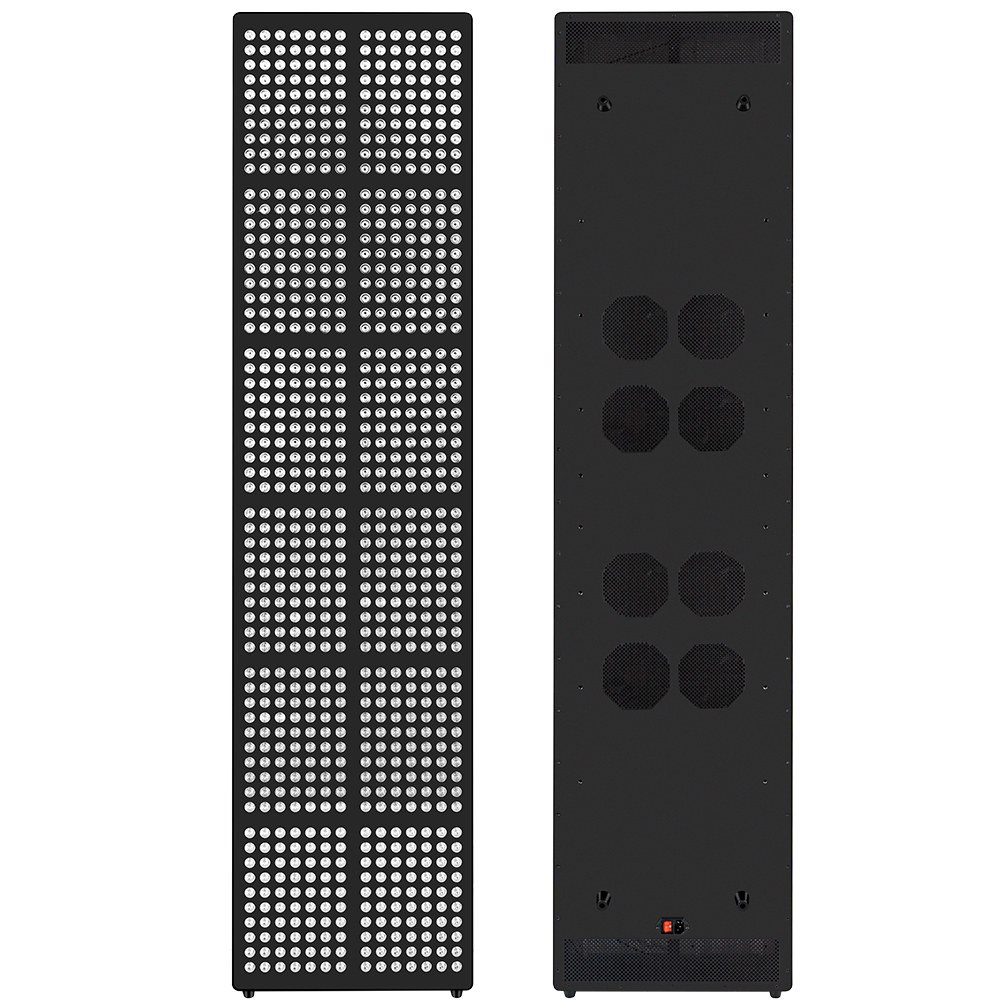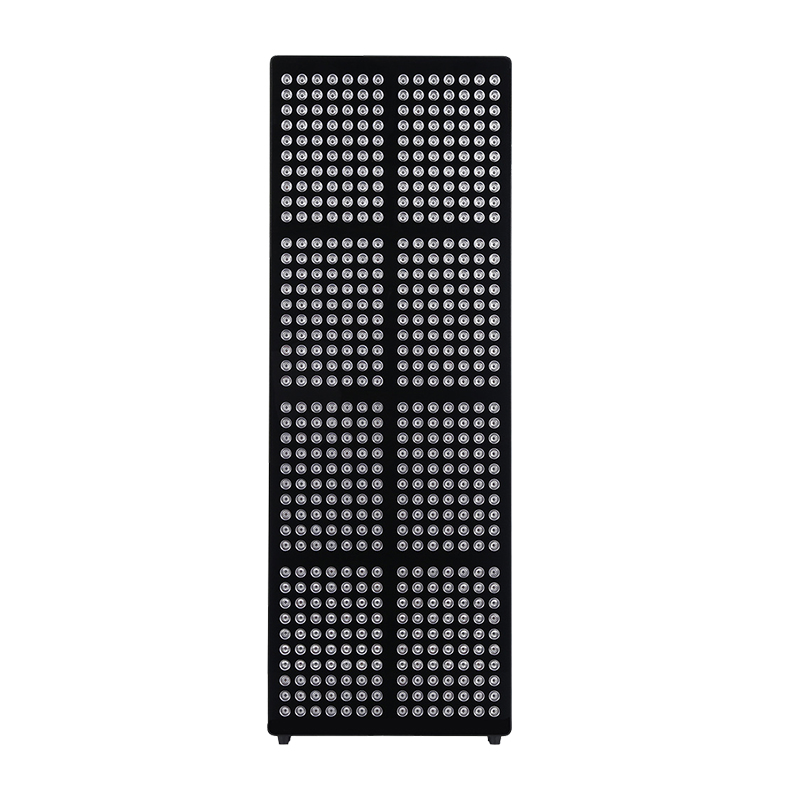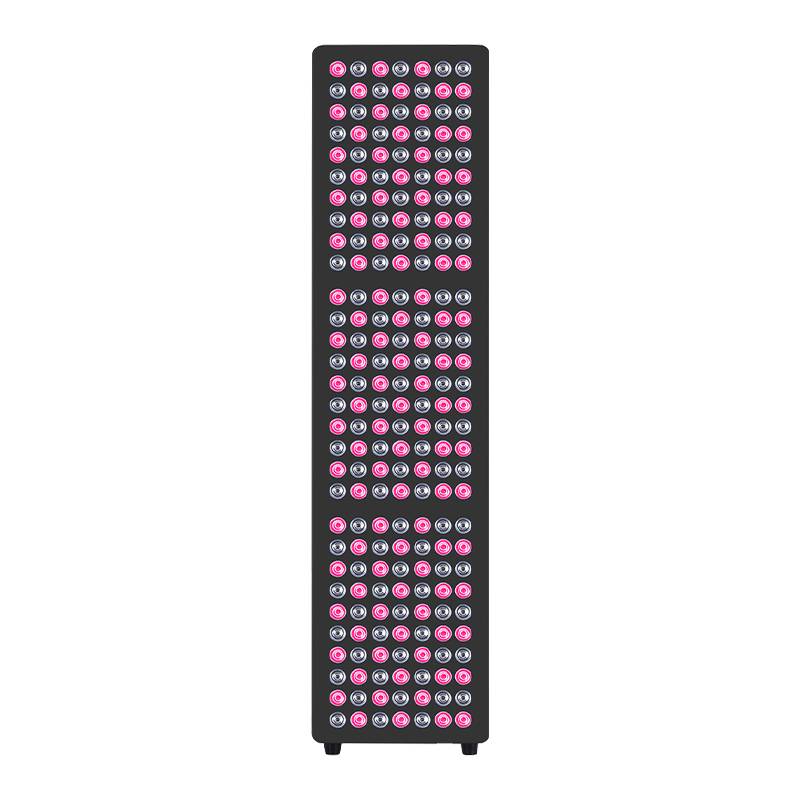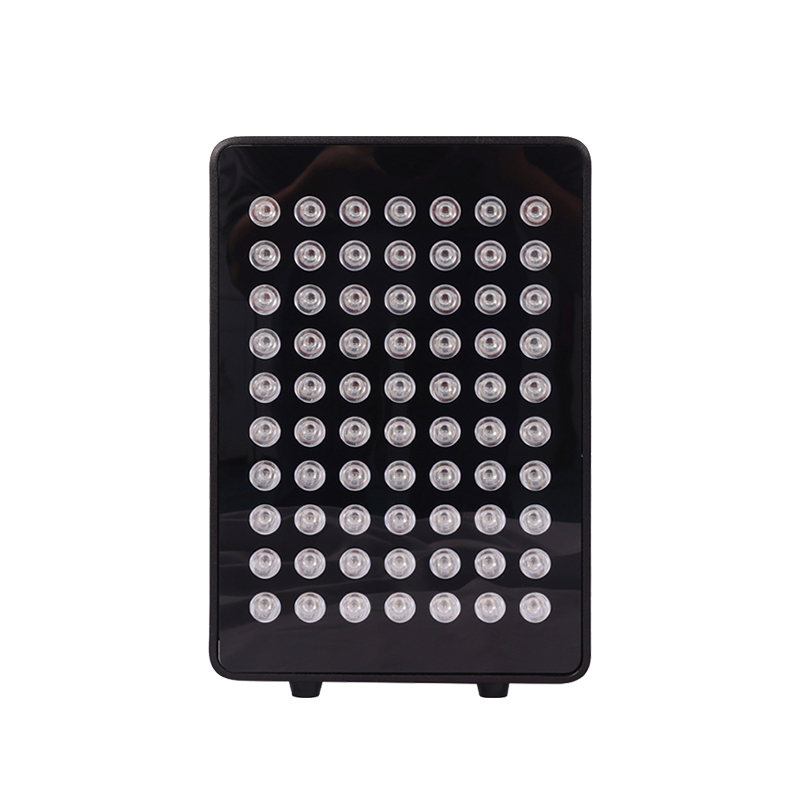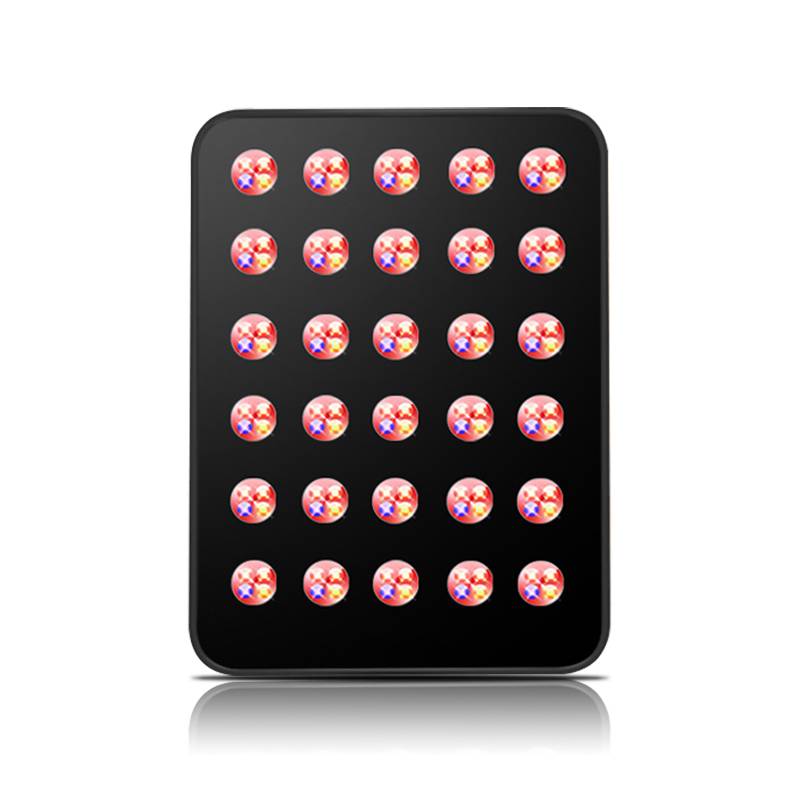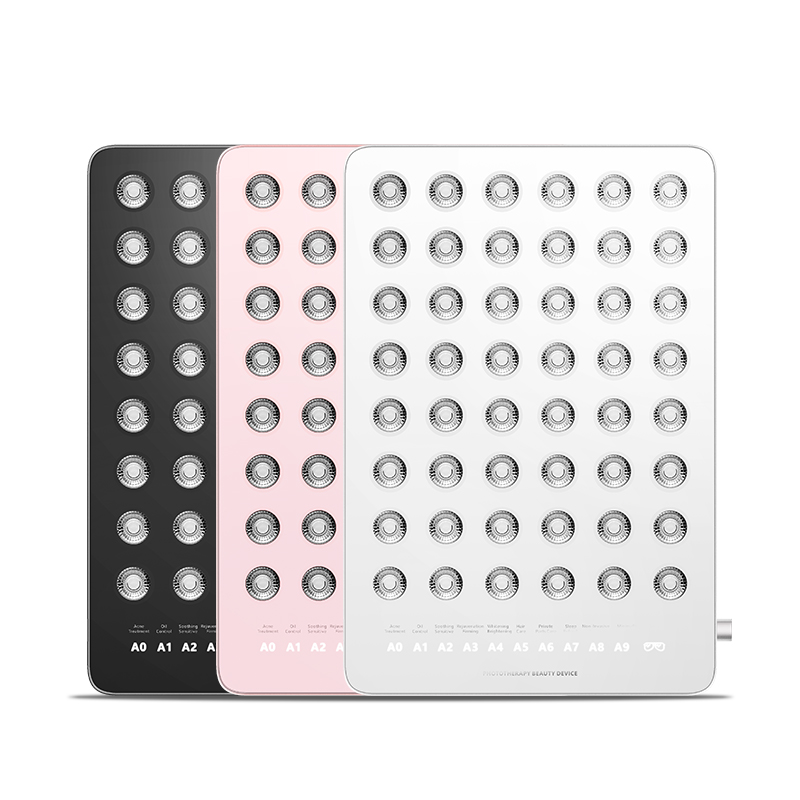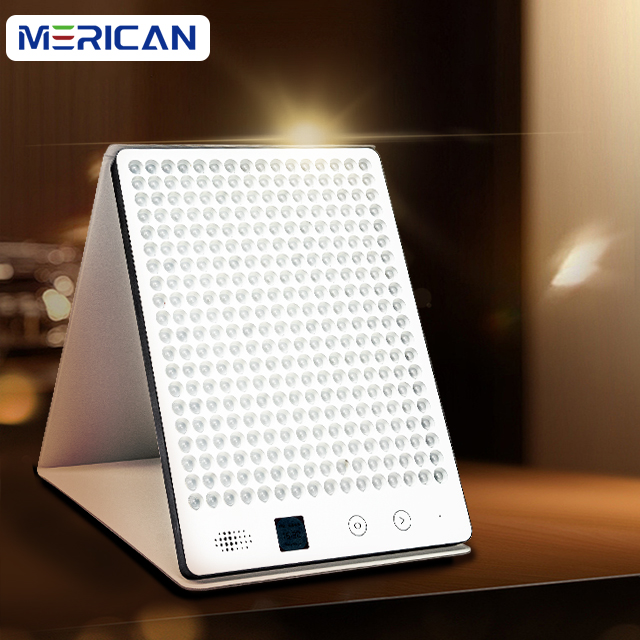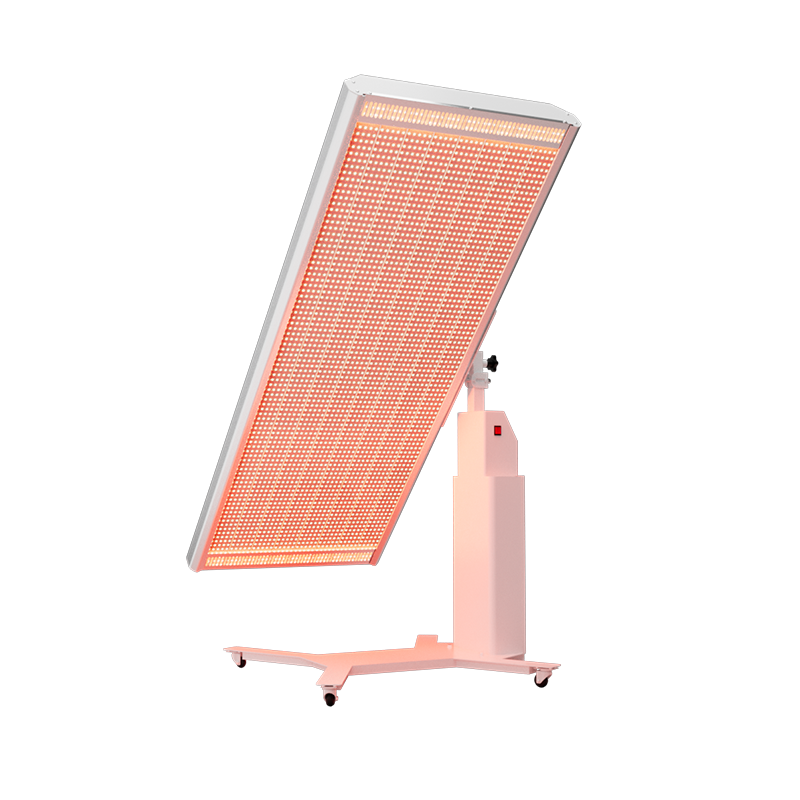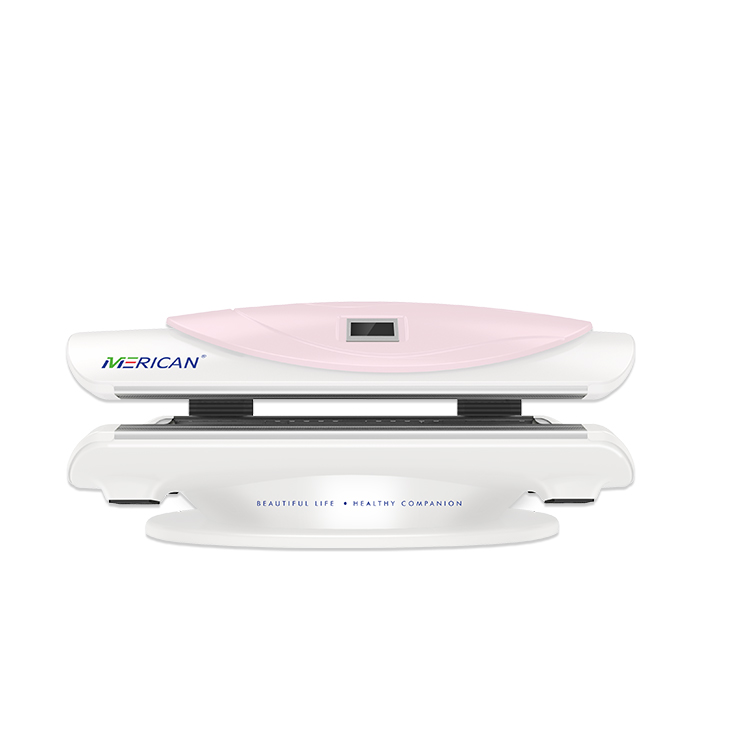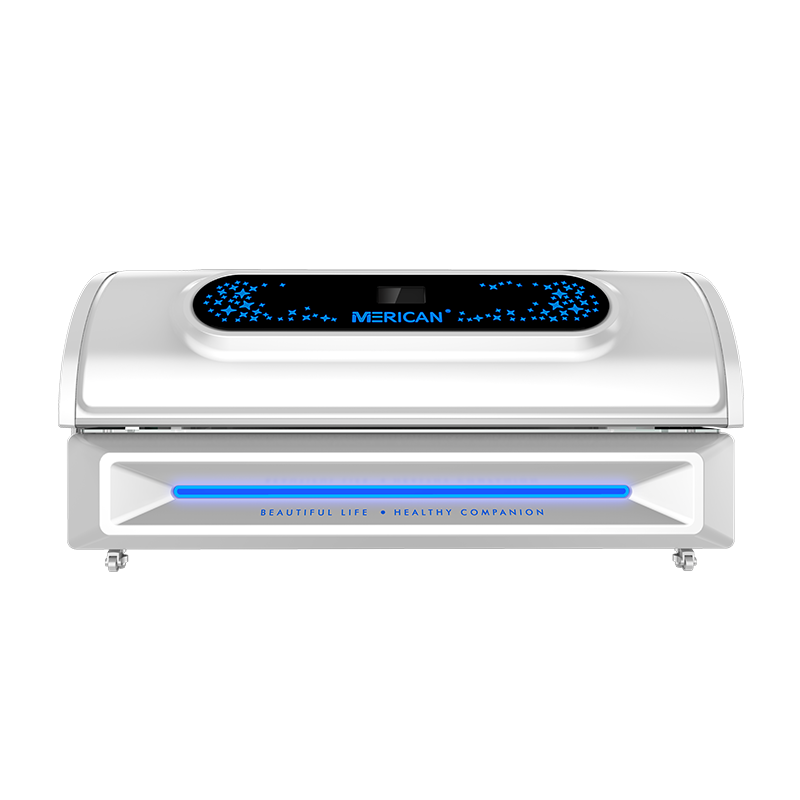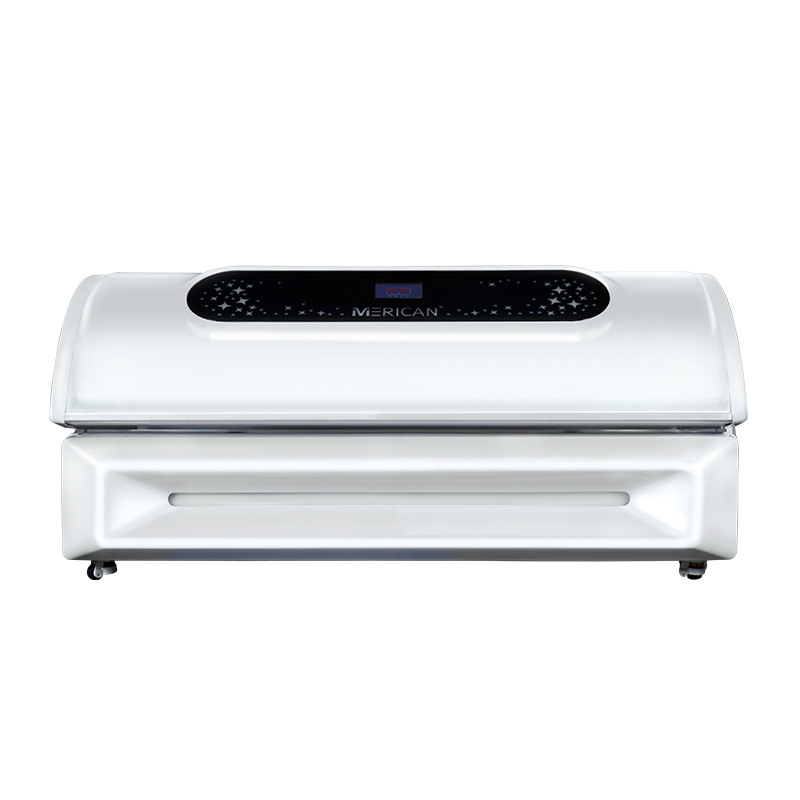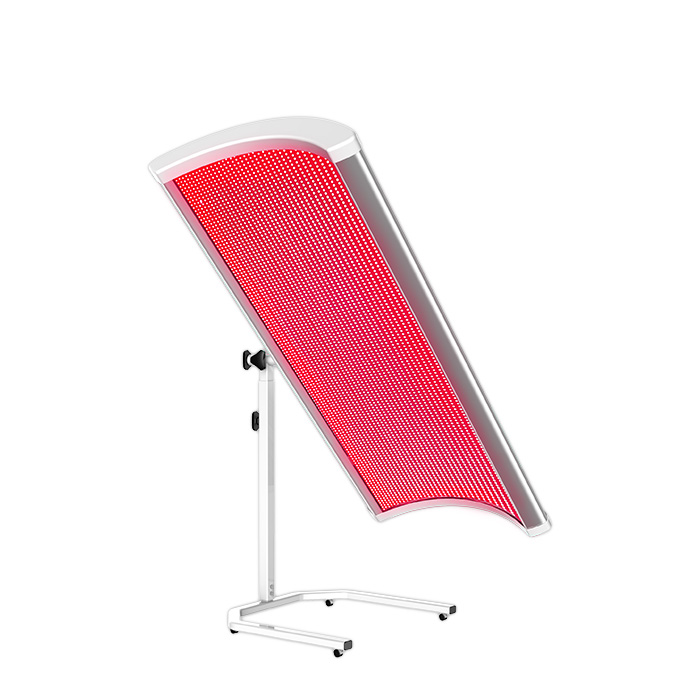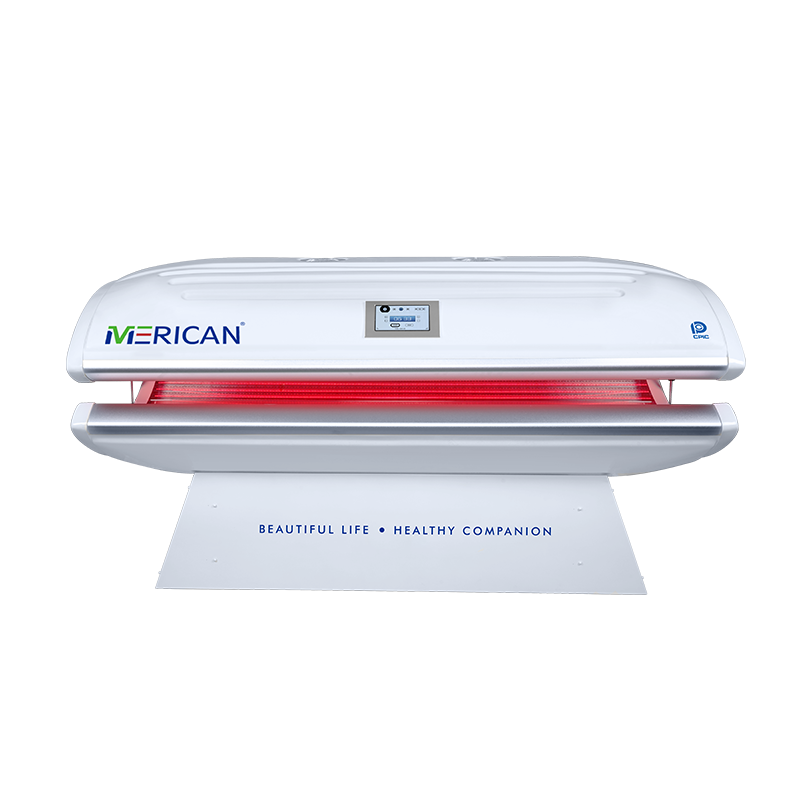Light-based therapies are increasingly popular in wellness, protección de la piel, y manejo del dolor. Two common types are terapia de luz roja (RLT) y terapia infrarroja (IRT). While they may seem similar, they have different mechanisms, beneficios, and ideal uses.
Entendiendo la diferencia
- Terapia de luz roja (RLT)
- Usos visible red light wavelengths (típicamente 630–660 nm).
- Penetrar shallow layers of the skin, estimulante colágeno, elastina, y reparación celular.
- Commonly used for:
- Rejuvenecimiento de la piel
- Reducir las líneas finas y las arrugas.
- Treating acne and redness
- Improving wound healing
- Terapia con infrarrojo (IRT)
- Usos near-infrared wavelengths (around 800–1000nm).
- Penetrar deeper into tissues and muscles, generating heat and improving circulation.
- Commonly used for:
- Muscle and joint pain relief
- Increasing blood flow and oxygen delivery
- Reducción de la inflamación
- Promoting relaxation and recovery
Key Differences in Benefits
| Característica | Terapia de luz roja | Terapia con infrarrojo |
|---|---|---|
| Longitud de onda | 630–660 nm | 800–1000nm |
| Penetration | Superficial (skin layers) | Profundo (muscle and joint tissues) |
| Main Effects | Producción de colágeno, skin healing, antienvejecimiento | Alivio del dolor, circulación, reparación de tejido profundo |
| Ideal para | Rejuvenecimiento de la piel, enrojecimiento, arrugas | Muscle soreness, joint inflammation, deep tissue recovery |
Which One is Better?
- For skin concerns: Red light therapy is more effective for improving textura, elasticity, y líneas finas.
- For pain and deep tissue issues: Infrared therapy is superior for dolor muscular, dolor articular, y circulación.
- Combination therapy: Some devices combine red and near-infrared light to address both skin and deep tissue health.
Conclusión
Neither therapy is universally “better”—it depends on your goals. Terapia de luz roja excels at skin rejuvenation and superficial healing, mientras terapia infrarroja is ideal for pain relief and deep tissue repair. For comprehensive wellness, a combined approach may provide the best results.
10 Preguntas frecuentes (Preguntas frecuentes)
- Is red light therapy the same as infrared therapy?
No, red light targets superficial skin layers, while infrared penetrates deeper tissues. - Which is better for anti-aging skin benefits?
Red light therapy is more effective for skin firmness, producción de colágeno, and reducing wrinkles. - Which is better for pain relief?
Infrared therapy is more effective for muscle soreness, dolor articular, e inflamación. - Can I use both therapies together?
Sí, many devices combine red and near-infrared wavelengths for comprehensive benefits. - How often should I use red or infrared therapy?
Typically 3–5 sessions per week, 10–20 minutos cada uno, depending on the device and goal. - Are these therapies safe?
Sí, both are non-invasive and generally safe, but follow device instructions to avoid overuse. - Does infrared therapy produce heat?
Sí, near-infrared light penetrates deeply and generates gentle warmth. - Can red light therapy help with inflammation?
Sí, it can reduce superficial inflammation, while infrared targets deeper tissues. - Do I need special equipment for each therapy?
Sí, devices are designed specifically for either red light or infrared light, though some combine both. - How soon can I see results?
Skin improvements may appear after 4–8 weeks with RLT; pain relief from infrared can sometimes be felt immediately or after a few sessions.

